Since 1996, the United States Sign Council, through its research Foundation, has published fourteen academic studies covering sign legibility, placement, illumination, community impact, and traffic safety issues. This work by university research teams specializing in human factors and traffic engineering disciplines, has enables USSC to develop guidelines, mathematical models, and a model sign code designed to facilitate development of performance oriented community sign systems based on empirical scientific research.

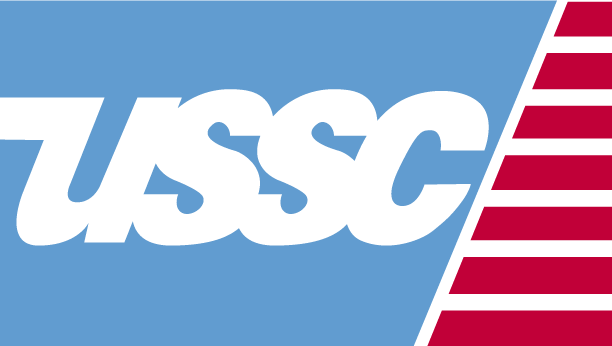
USSC COMPUTATION EQUATIONS
Algebraic equations for calculation of various aspects of letter height and sign size for both perpendicular and parallel signs under varied conditions; calculation of viewer reaction time for known sizes; and calculation of projection distance allowing for maximum projection limits at centerline of building. Also includes tabular USSC Legibility Index.
Algebraic equations for calculation of various aspects of letter height and sign size for both perpendicular and parallel signs under varied conditions; calculation of viewer reaction time for known sizes; and calculation of projection distance allowing for maximum projection limits at centerline of building. Also includes tabular USSC Legibility Index.
DRIVER INFORMATION LOAD
Current research findings regarding the presence of roadside signs and their potential impact on driver performance. Pennsylvania
Transportation Institute, Pennsylvania State University, 2003.
Current research findings regarding the presence of roadside signs and their potential impact on driver performance. Pennsylvania
Transportation Institute, Pennsylvania State University, 2003.
Please select a thumbnail below.
ENVIRONMENTAL IMPACT OF ON-PREMISE SIGN LIGHTING, With Respect to Potential Light Trespass, Sky Glow, and Glare.
Addresses the actual and perceived effect of varied types of illuminated signs on the dispersion of light in the nighttime environment, concluding that on-premise signs have minimal effect when current norms of measurement for light trespass, sky glow, and glare are employed. Pennsylvania Transportation Institute, Pennsylvania State University, 2004.
Addresses the actual and perceived effect of varied types of illuminated signs on the dispersion of light in the nighttime environment, concluding that on-premise signs have minimal effect when current norms of measurement for light trespass, sky glow, and glare are employed. Pennsylvania Transportation Institute, Pennsylvania State University, 2004.
UNITED STATES SIGN COUNCIL BEST PRACTICES GUIDELINE STANDARDS FOR ON-PREMISE SIGNS
Research based approach to sign size, legibility, and height. Amply illustrated with tables, charts, and mathematical formula designed to facilitate the calculation of sign letter height and copy area, negative space, overall sign size, and sign height as functions of the speed of travel utilizing the application of such factors as message size, message scan time, viewer reaction time and distance, and copy area; all presented in easy to understand language and simple tables or equations.
ON-PREMISE SIGNS, The Impact of Zoning Regulation on Site Performance
Tabular and graphic documentation of experience of 88 mass market retailers, representing over 68,000 retail sites in the United States, demonstrating by means of charts and first person interviews, a straight line relationship between business performance and adequate on-premise sign size, height, location, color, and position. Pennsylvania State University, 2005.
Tabular and graphic documentation of experience of 88 mass market retailers, representing over 68,000 retail sites in the United States, demonstrating by means of charts and first person interviews, a straight line relationship between business performance and adequate on-premise sign size, height, location, color, and position. Pennsylvania State University, 2005.
ON-PREMISE SIGN LIGHTING, Terms, Definitions, Measurement
Provides: (1) An examination of the role and function of on-premise signs as part of motorist wayfinding and situational awareness systems in terms of traffic safety implications (2) A comprehensive means, including equations and charts, for measuring the light output of on-premise signs directed at achieving optimum levels of visibility, legibility, and safety in any nighttime environment, and (3) A glossary of relevant lighting terms and definitions. Visual Communication Research Institute, 2010.
Provides: (1) An examination of the role and function of on-premise signs as part of motorist wayfinding and situational awareness systems in terms of traffic safety implications (2) A comprehensive means, including equations and charts, for measuring the light output of on-premise signs directed at achieving optimum levels of visibility, legibility, and safety in any nighttime environment, and (3) A glossary of relevant lighting terms and definitions. Visual Communication Research Institute, 2010.
ON-PREMISE SIGNS, Determination of Parallel Sign Legibility and Letter Heights
Provides legibility values for signs parallel to a motorist’s point of view which are inherently more difficult to read than perpendicular signs mounted directly in front of the motorist. By means of a mathematical model, letter heights necessary for adequate parallel sign legibility can be calculated.The model can readily be applied to current USSC legibility standards and the USSC Legibility Index allowing letter heights suitable for perpendicular signs to form the basis for parallel sign letter heights in similar roadside conditions. Also provides equations for calculation of parallel sign letter heights as well as letter height look-up tables for typical parallel sign scenarios. Pennsylvania Transportation Institute, Pennsylvania State University, 2006.
Provides legibility values for signs parallel to a motorist’s point of view which are inherently more difficult to read than perpendicular signs mounted directly in front of the motorist. By means of a mathematical model, letter heights necessary for adequate parallel sign legibility can be calculated.The model can readily be applied to current USSC legibility standards and the USSC Legibility Index allowing letter heights suitable for perpendicular signs to form the basis for parallel sign letter heights in similar roadside conditions. Also provides equations for calculation of parallel sign letter heights as well as letter height look-up tables for typical parallel sign scenarios. Pennsylvania Transportation Institute, Pennsylvania State University, 2006.
RELATIVE VISIBILITY OF INTERNALLY AND EXTERNALLY ILLUMINATED ON-PREMISE SIGNS
Examines differences in both visibility and legibility between internally illuminated and externally illuminated (including dimensional) on-premise signs. Extensive day and night field tests now confirm that internal sign illumination, on average, provides 40% greater visibility and 60% greater legibility than that provided by external sign illumination. Pennsylvania Transportation Institute, Pennsylvania State University, 2004.
Examines differences in both visibility and legibility between internally illuminated and externally illuminated (including dimensional) on-premise signs. Extensive day and night field tests now confirm that internal sign illumination, on average, provides 40% greater visibility and 60% greater legibility than that provided by external sign illumination. Pennsylvania Transportation Institute, Pennsylvania State University, 2004.
UNITED STATES SIGN COUNCIL SIGN LEGIBILITY RULES-OF-THUMB
Sign legibility covered in a simple to use rule-of-thumb format suitable for general application. Essentially synthesizes the more detailed analysis of USSC research into legibility and sign size determinants for both perpendicular and parallel signs covered in other USSC publications.
Sign legibility covered in a simple to use rule-of-thumb format suitable for general application. Essentially synthesizes the more detailed analysis of USSC research into legibility and sign size determinants for both perpendicular and parallel signs covered in other USSC publications.
SIGN LEGIBILITY, The Impact of Color and Illumination
Results of test track studies into detection and legibility of on-premise signs. Basis for USSC Legibility Index. Pennsylvania Transportation Institute, Pennsylvania State University, 1998.
Results of test track studies into detection and legibility of on-premise signs. Basis for USSC Legibility Index. Pennsylvania Transportation Institute, Pennsylvania State University, 1998.
SIGN VISIBILITY, Effects of Traffic Characteristics and Mounting Height
Through use of computer simulation and mathematical models, the significant sight line blocking of low mounted ground signs is documented. Charts illustrate the degree of sight line blockage in varied traffic flow scenarios. Pennsylvania Transportation Institute, Pennsylvania State University 2003.
Through use of computer simulation and mathematical models, the significant sight line blocking of low mounted ground signs is documented. Charts illustrate the degree of sight line blockage in varied traffic flow scenarios. Pennsylvania Transportation Institute, Pennsylvania State University 2003.
TRAFFIC SAFETY STUDY, An Examination of the Relationship between Signs and Traffic Safety
Examines the relationship between the presence of signs and traffic accidents through an intensive mile by mile analysis of the New Jersey Turnpike, one of the most highly traveled roads in the United States. Essentially, a thorough statistical analysis relating sign density to accident density concluded that roadside signs have no statistical relationship to the occurrence of accidents. An additional study involving the relationship of accident data to the existence of an animated sign at a highly congested urban intersection indicated the same uncorrelated relationship between the existence of the sign and accidents rates over a two year period. Tantala Associates, Consulting Engineers, 2003.
Examines the relationship between the presence of signs and traffic accidents through an intensive mile by mile analysis of the New Jersey Turnpike, one of the most highly traveled roads in the United States. Essentially, a thorough statistical analysis relating sign density to accident density concluded that roadside signs have no statistical relationship to the occurrence of accidents. An additional study involving the relationship of accident data to the existence of an animated sign at a highly congested urban intersection indicated the same uncorrelated relationship between the existence of the sign and accidents rates over a two year period. Tantala Associates, Consulting Engineers, 2003.
ELECTRONIC MESSAGE CENTER RESEARCH REVIEW
Synopsis of currently available research concerning the use, function, safety, and regulation of Electronic Message Center signs. Provides a credible resource designed to answer questions from both users and regulators alike about this technology, as well as information relative to the effectiveness and safety of Electronic Message Centers. Includes an annotated bibliography. Pennsylvania Transportation Institute, Pennsylvania State University, 2005.
INTERNAL vs. EXTERNAL ON-PREMISE SIGN LIGHTING, Visibility and Safety in the Real World
Real world field study evaluating the difference in visibility and legibility between internal and external on-premise sign illumination utilizing signs in actual roadside environments identical in all design aspects except for the method of illumination. Conclusions demonstrated that under real world conditions, internally illuminated signs performed significantly better than the 40 to 60 percent advantage shown by previous test track studies, providing an average 70 percent visibility and driver reaction time advantage, correlating into quantifiable traffic safety benefits accruing to the internal method of sign illumination. Pennsylvania Transportation Institute, Pennsylvania State University, 2009.
Real world field study evaluating the difference in visibility and legibility between internal and external on-premise sign illumination utilizing signs in actual roadside environments identical in all design aspects except for the method of illumination. Conclusions demonstrated that under real world conditions, internally illuminated signs performed significantly better than the 40 to 60 percent advantage shown by previous test track studies, providing an average 70 percent visibility and driver reaction time advantage, correlating into quantifiable traffic safety benefits accruing to the internal method of sign illumination. Pennsylvania Transportation Institute, Pennsylvania State University, 2009.
INTERNALLY ILLUMINATED SIGN LIGHTING, Effects on Visibility and Traffic Safety
A comparison of the daytime and nighttime visibility of on-premise internally illuminated signs, utilizing seven different levels of internal sign illumination displayed to subjects of varying age groups in a controlled test track environment, and concluding with a scientific evaluation of the impact of varying sign brightness levels on the nighttime visibility of internally illuminated signs, and the consequent safety effects of varying sign brightness levels in terms of driver reaction time and distance. Pennsylvania Transportation Institute, Pennsylvania State University, 2009.
A comparison of the daytime and nighttime visibility of on-premise internally illuminated signs, utilizing seven different levels of internal sign illumination displayed to subjects of varying age groups in a controlled test track environment, and concluding with a scientific evaluation of the impact of varying sign brightness levels on the nighttime visibility of internally illuminated signs, and the consequent safety effects of varying sign brightness levels in terms of driver reaction time and distance. Pennsylvania Transportation Institute, Pennsylvania State University, 2009.
UNITED STATES SIGN COUNCIL MODEL ON-PREMISE SIGN CODE
Comprehensive model of suggested means appropriate for local regulation of on-premise signs, including overview of regulatory schemes, legal analysis of case law and constitutional issues impacting on-premise sign usage, definitions, color and grayscale illustrations of general sign types and use, size computation methodologies, area limitations and calculation charts, sign illumination parameters and regulation, electronic sign regulatory schemes, and specific regulation of sign types by zone.
Comprehensive model of suggested means appropriate for local regulation of on-premise signs, including overview of regulatory schemes, legal analysis of case law and constitutional issues impacting on-premise sign usage, definitions, color and grayscale illustrations of general sign types and use, size computation methodologies, area limitations and calculation charts, sign illumination parameters and regulation, electronic sign regulatory schemes, and specific regulation of sign types by zone.
SIGN VISIBILITY, Research and Traffic Safety Overview
Overview of basic safety factors affecting on-premise signs plus a compendium of research data from all sources to date of issue. Pennsylvania Transportation Institute, Pennsylvania State University,1996
Overview of basic safety factors affecting on-premise signs plus a compendium of research data from all sources to date of issue. Pennsylvania Transportation Institute, Pennsylvania State University,1996
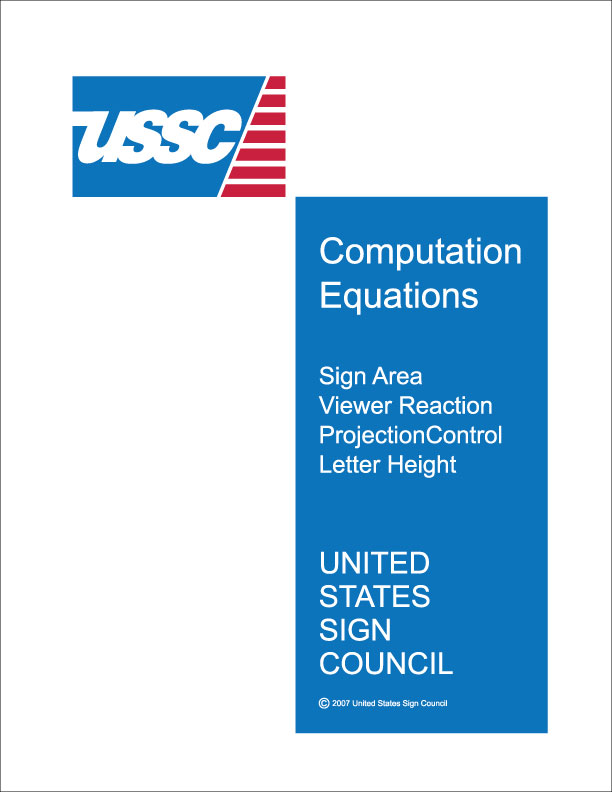
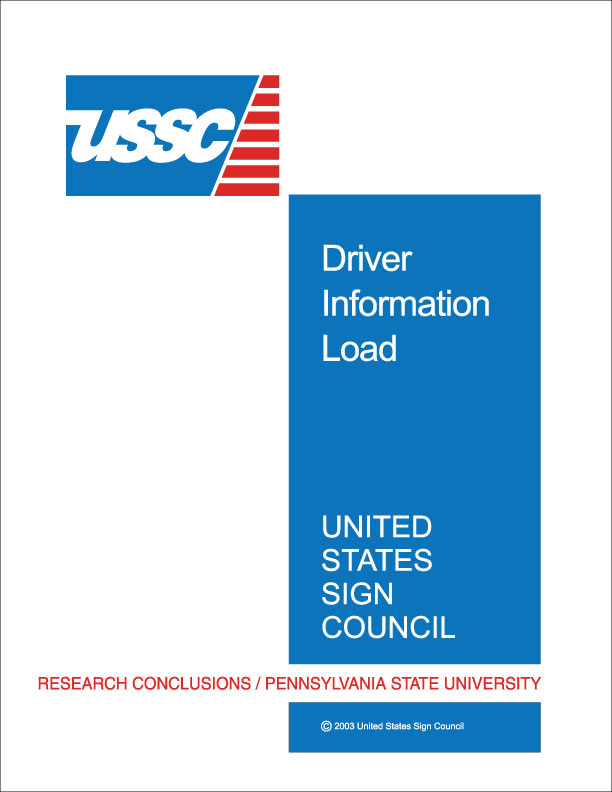

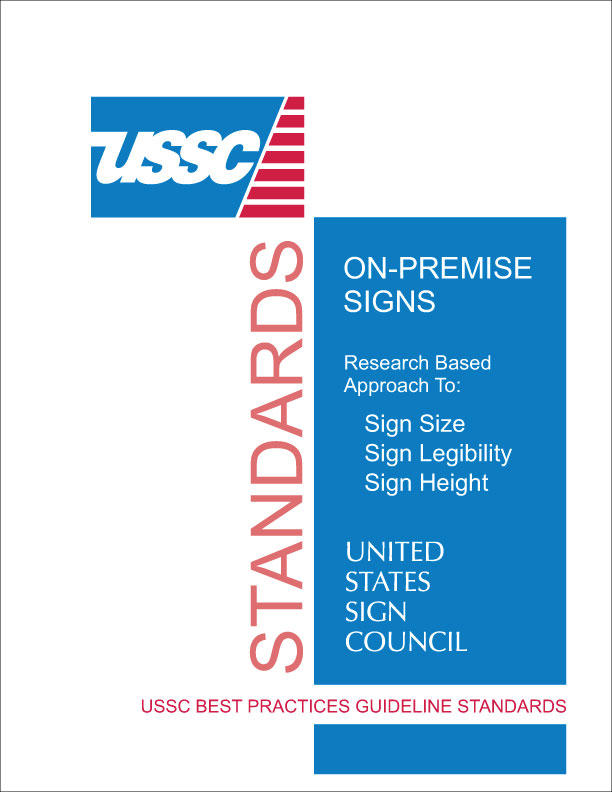
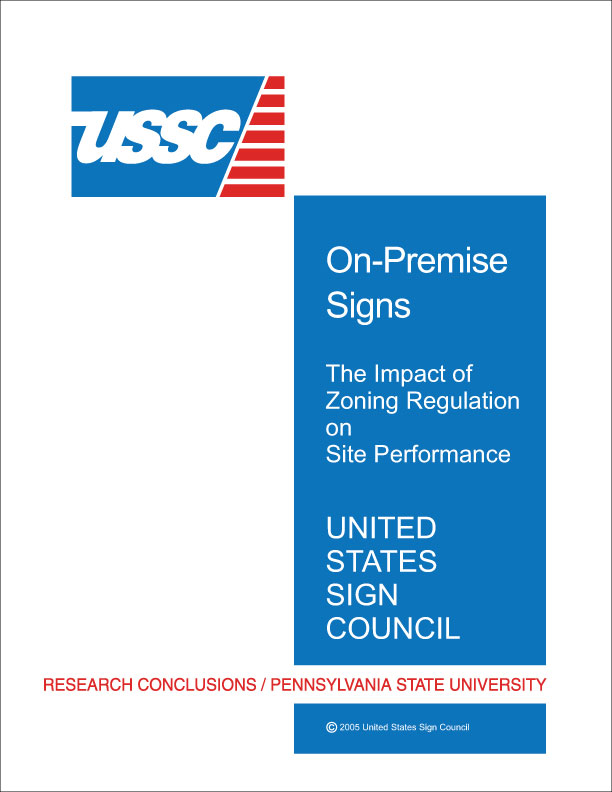
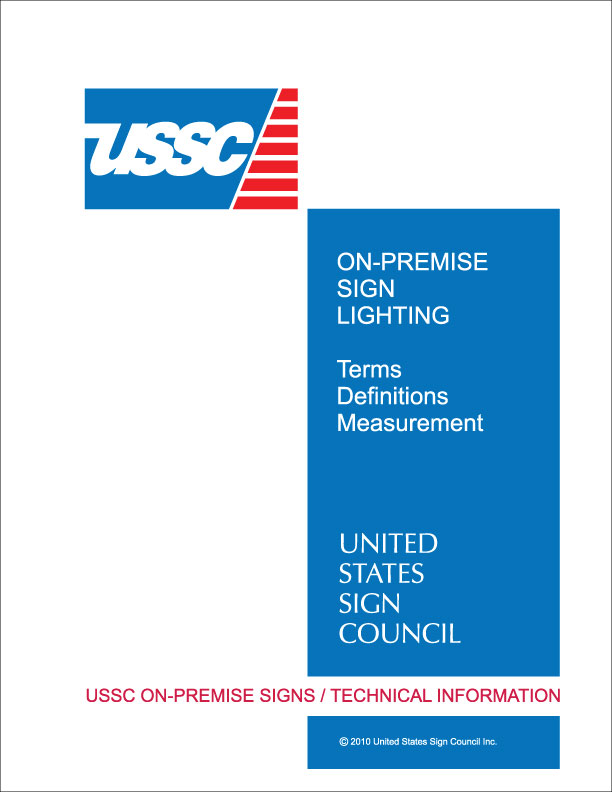

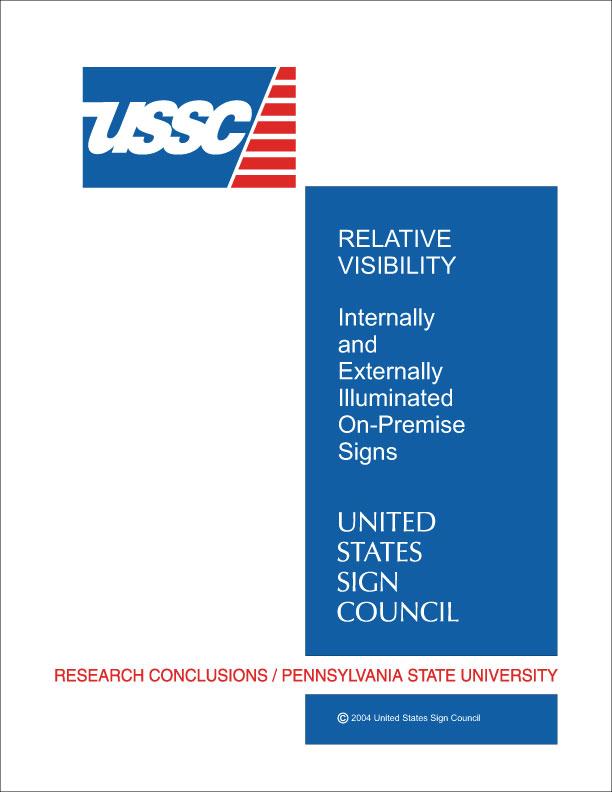


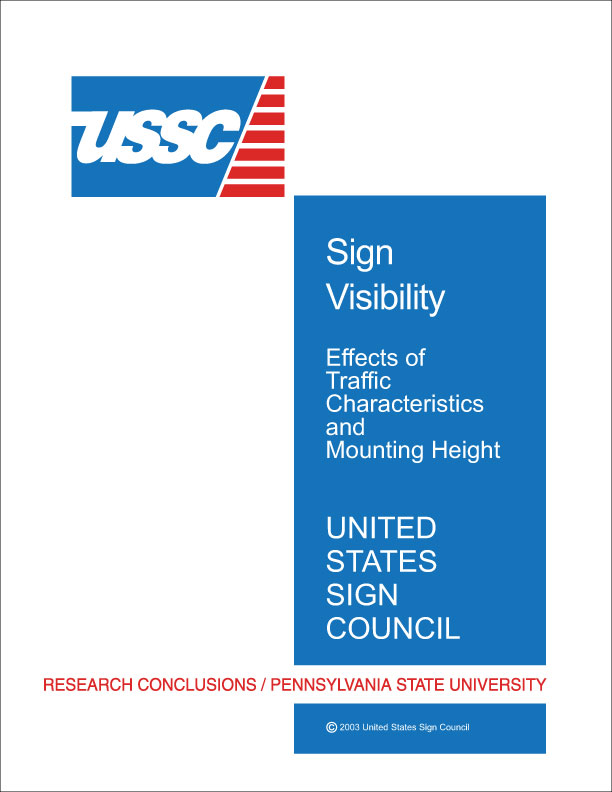

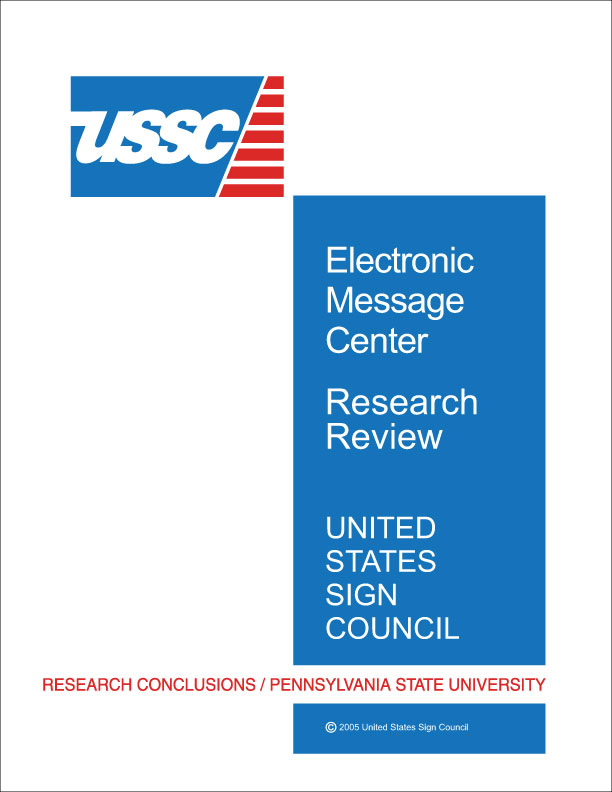
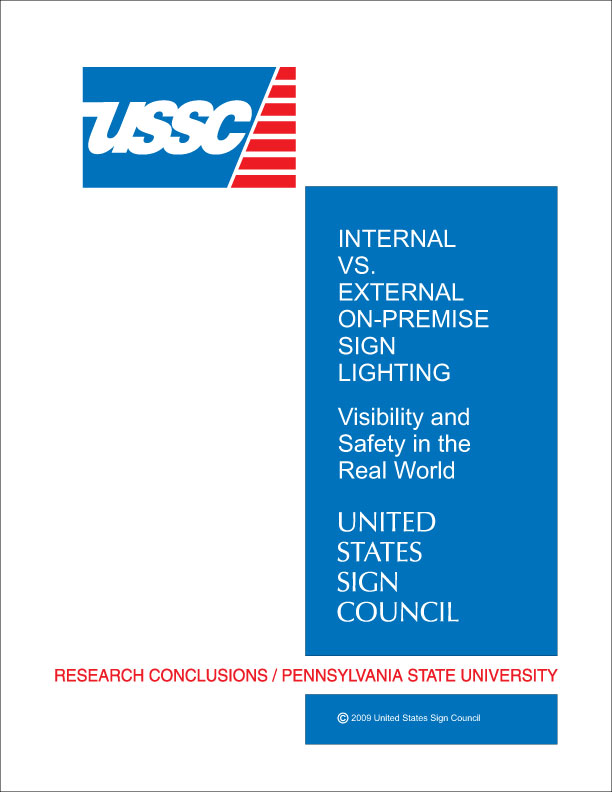

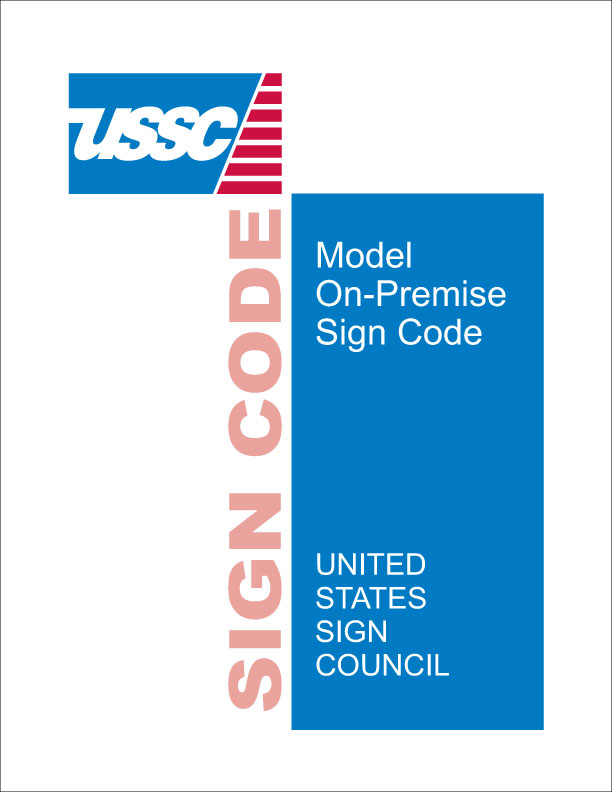
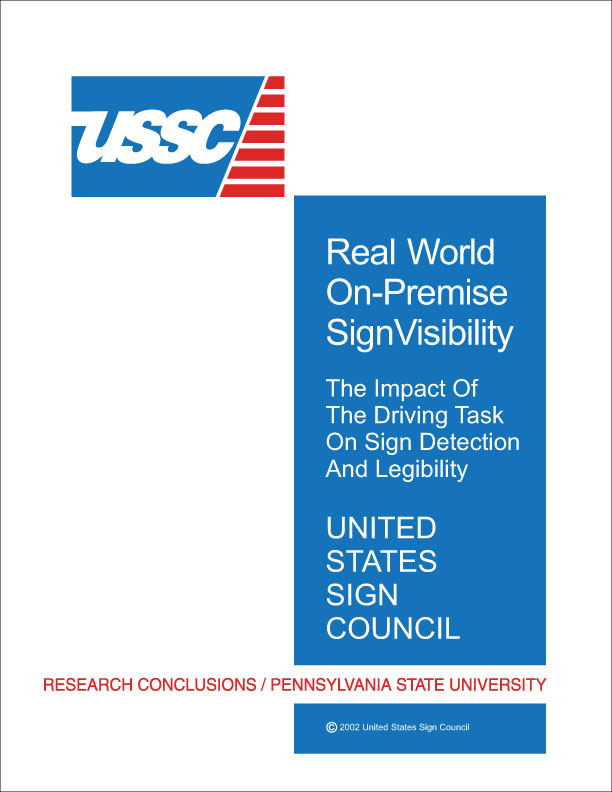
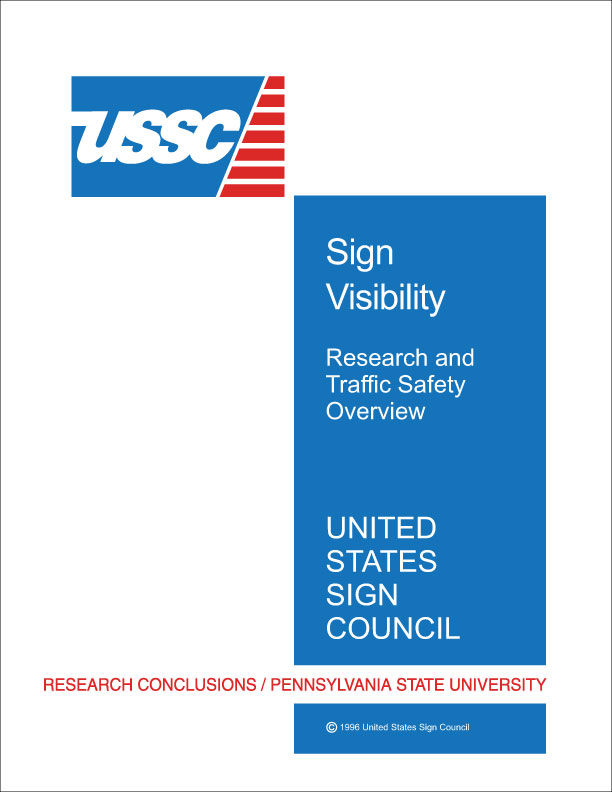




317-386-3453
REAL WORLD ON-PREMISE SIGN VISIBILITY, The Impact of the Driving Task on Sign Detection & Legibility
Results of real world driving tasks and conditions impacting on-premise sign detection and legibility. Comparison of real world and test track results, indicating significant differences. Pennsylvania Transportation Institute, Pennsylvania State University, 2002.
Results of real world driving tasks and conditions impacting on-premise sign detection and legibility. Comparison of real world and test track results, indicating significant differences. Pennsylvania Transportation Institute, Pennsylvania State University, 2002.
VIEW OUR SOCIAL MEDIA PAGES FOR EXAMPLES OF OUR WORK. DON'T FORGET TO LIKE AND FOLLOW!
Freeman's Signs
Phone: 317-386-3453
Fax: 317-386-3564
Email: fred@freemansigns.com


CLICK LOGO TO RETURN
TO HOME SCREEN!
PO BOX 841 DANVILLE, IN 46122